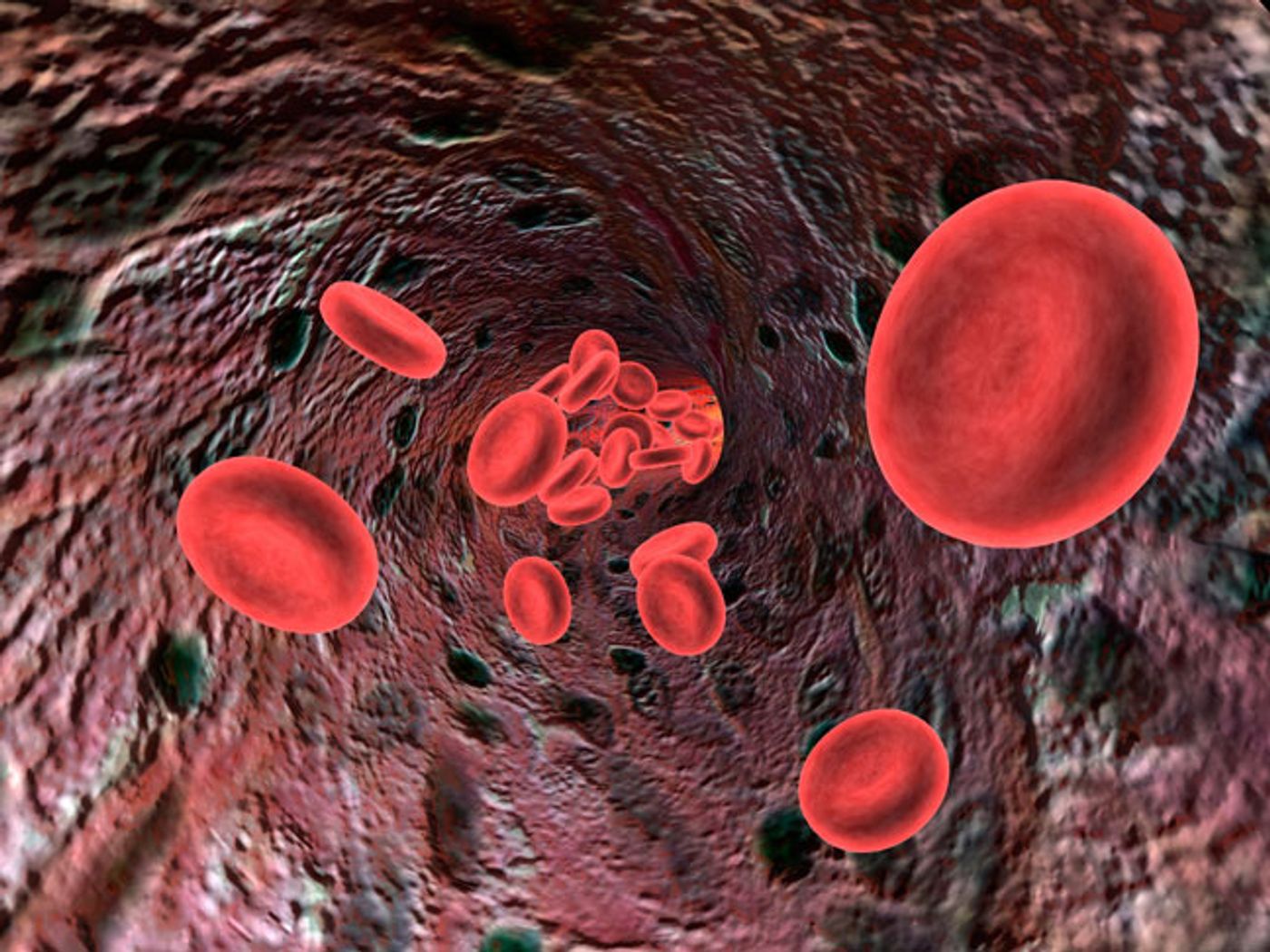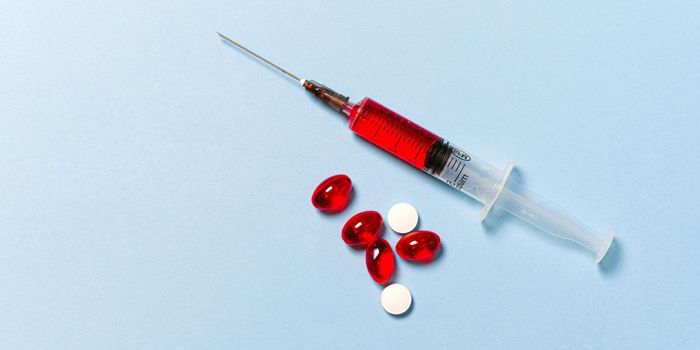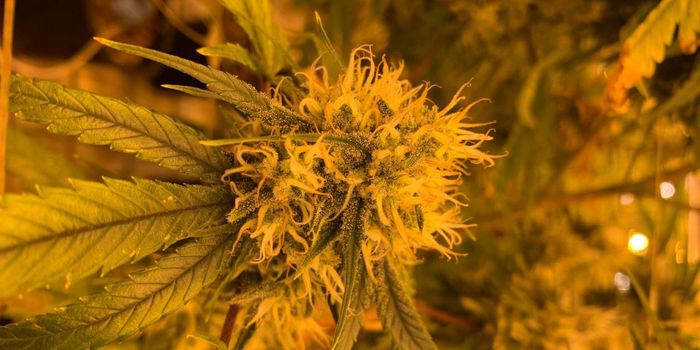Exposure to certain chemicals produced by the immune system causes bone marrow stem cells to differentiate into myeloid cells designed for infection fighting and injury repair. When they’re not producing these cells, bone marrow stem cells are providing lifelong blood cell refreshing. In a new study published in
Nature Cell Biology, scientists connected chronic exposure to a certain chemical, called interleukin-1 (IL-1) with an overproduction of destructive inflammatory cells and neglect of proper circulatory maintenance.
Blood-forming bone marrow stem cells, also known as hematopoietic stem cells (HSCs) have the ability to regenerate and provide all the body’s needed blood cells. These cells are also incredibly sensitive to changes in their environment, and elevated IL-1 levels can cause chronic inflammation, a condition associated with obesity, diabetes, autoimmune disorders, and aging when HSCs produce too many inflammatory cells.
"If you're working under a constant state of emergency, you become stressed and less effective,” explained Eric M. Pietras, PhD. “I think of blood stem cells in the same way.”
From the University of Colorado Anschutz Medical Campus, scientists treated mice with IL-1 for 20 days then withheld treatment for several weeks to see if HSCs recovered from the inflammation. While the findings showed that the inflammation was indeed reversible, they are also concerned that there is a time of exposure where the HSCs would be permanently affected by IL-1 exposure.
Reduced blood cell formation can either lead to reduced oxygen flow to tissues from there being too few red blood cells or to immunodeficiency from their being too few lymphoid cells. Whether it is the cardiovascular system or the immune system being threatened by chronic IL-1 exposure, scientists are quickly looking for ways to prevent and inhibit chronic inflammation from continuing for an extended period of time.
This recent study produced novel findings, mostly because it is the first study to show adaption of blood stem cells to meet the body’s needs, or at least what the body is telling them they need. While some inflammation is necessary when the tissues are damaged or there is a pathogenic invasion, there is also a huge difference between short period of inflammation and long periods of inflammation.
Next, scientists are looking for potential interventions to reverse the effect of chronic inflammation on the body, with blocking IL-1 signaling all together is an initial option. Doctors also have to take chronic inflammation into consideration when scanning potential bone marrow donors. Even if two people have compatible blood systems, whether the donor or recipient has been exposed to extensive chronic inflammation could hugely effect the transplantation since HSCs lose their ability to regenerate in the presence of excessive IL-1.
Source:
University of Colorado Anschutz Medical Campus









